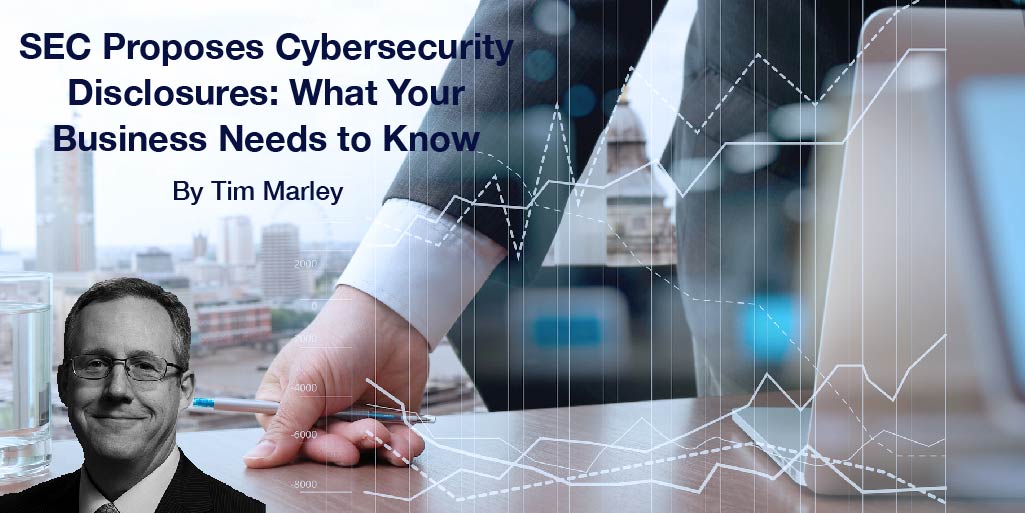
SEC Proposes Cybersecurity Disclosures: What Your Business Needs to Know
New Proposed Updates Regarding Cybersecurity Incidents. The Securities Exchange Act of 1934 (SEA) has been updated. Learn how it may impact your business.
Read More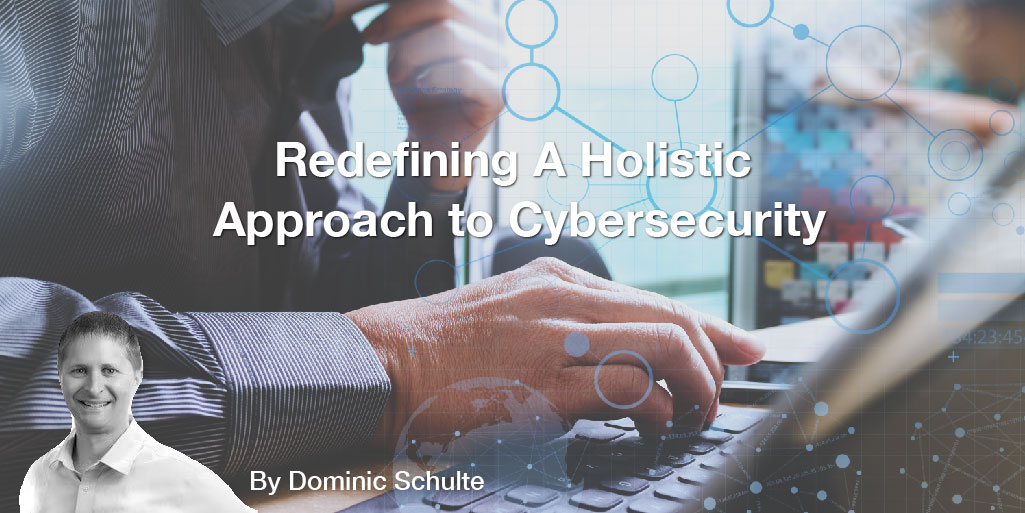
Redefining A Holistic Approach to Cybersecurity
From a security culture to the practical steps such as a penetration test, it is time for cybersecurity to change across the board.
Read More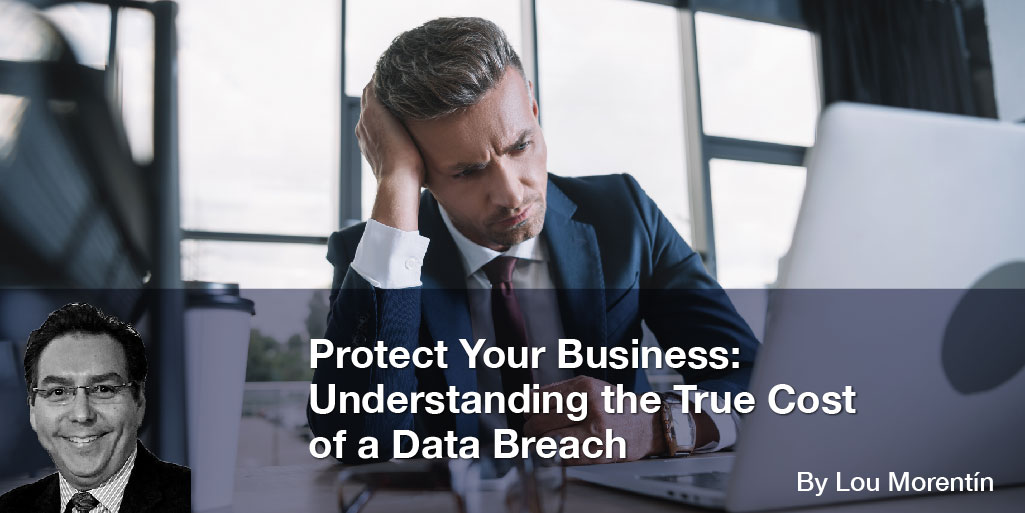
Protect Your Business: Understanding the True Cost of a Data Breach
Cerberus Sentinel True Cost of a Data Breach - remote cybersecurity supports and protects large or small businesses from data breaches
Read More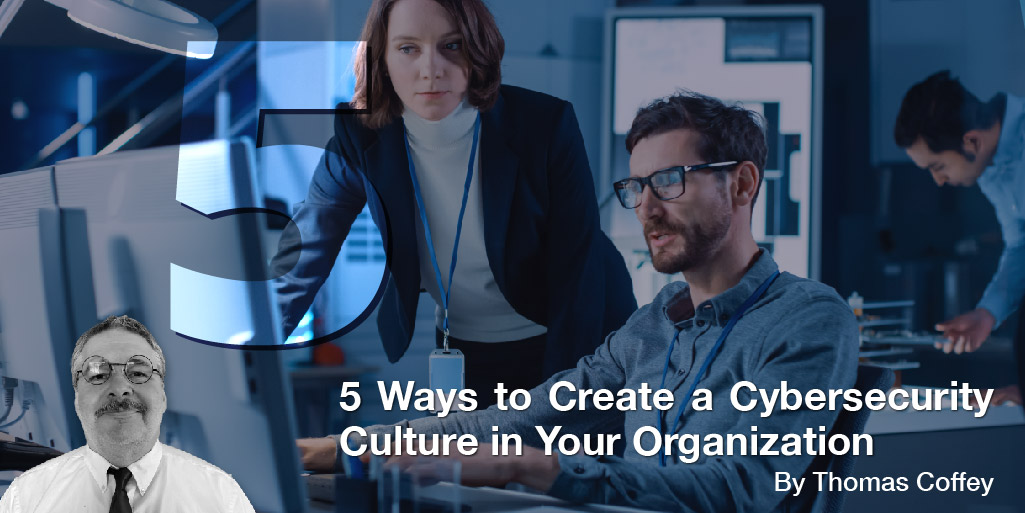
5 Ways to Create a Cybersecurity Culture in Your Organization
Change Your Culture Around Cybersecurity Awareness, Create a Culture of Cybersecurity in your Organization.
Read More
CISA Issues Shields Up Warning to all U.S.-based Organizations as a Result of Ongoing Ukraine Conflict
CISA has issued a special warning, but I want to look at the reason behind the warning and what most people seem to be missing.
Read More
Cerberus Sentinel Rings The Nasdaq Stock Market Opening Bell
Cerberus Sentinel CEO David Jemmett ringing The Nasdaq Stock Market Opening Bell at the Nasdaq MarketSite in Times Square in New York City today. Jemmett was joined by Cerberus Sentinel senior leadership and board of directors members.
Read More
Equipment Lifecycle Management
Replacing and updating computer systems is critical to maintaining a healthy IT network, whether at the server level, switches, routers, firewalls, or most commonly, end-user PCs. Every piece works together to form the network needed to serve you, your team, and your business, regardless of the industry in which you work
Read More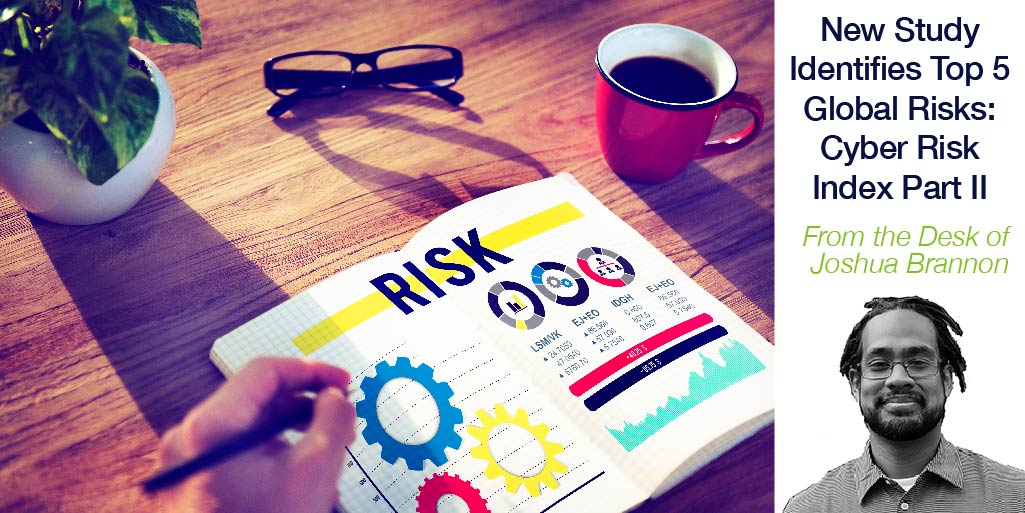
New Study Identifies Top 5 Global Risks: Cyber Risk Index Part II
In Cyber Risk Index Part 2, Brannon explores Cyber Risk, Infrastructure Risk, Human Capital Risk, and Organization Risk, looking at what we are seeing in global trends and how each can affect your organization.
Read More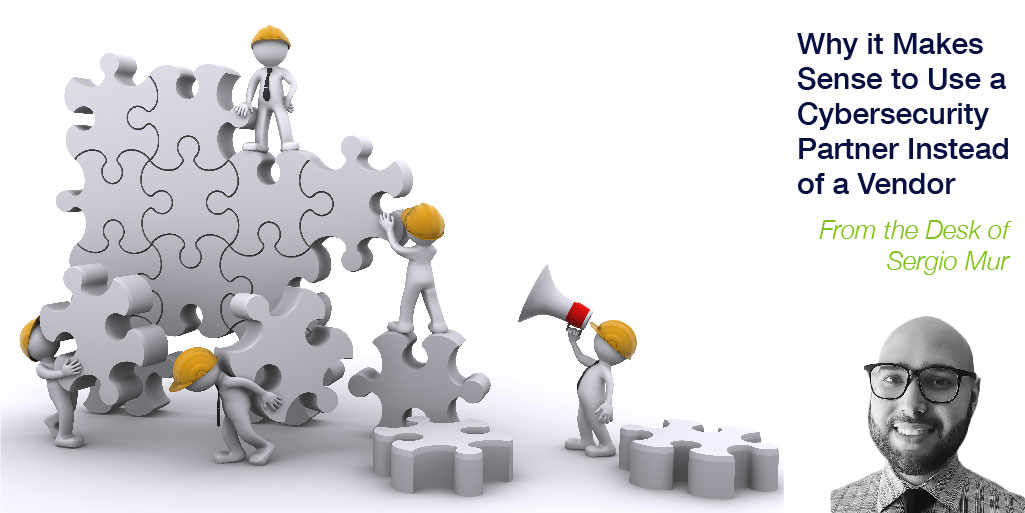
Why it Makes Sense to Use a Cybersecurity Partner Instead of a Vendor
Vendors make security and compliance recommendations, but leave the work to you. Finding a true security partner to execute tasks brings greater value.
Read More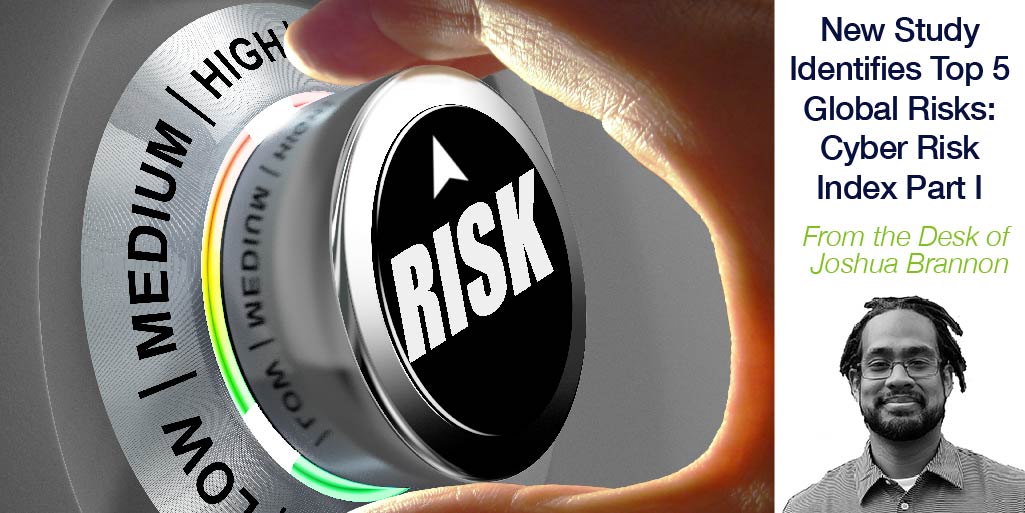
New Study Identifies Top 5 Global Risks: Cyber Risk Index Part I
In an attempt to modernize the way we communicate with our business counterparts and leadership boards about risk, a collaboration between the well-known Ponemon Institute and Trend Micro has resulted in the publication of a new study, The Cyber Risk Index (CRI). Researchers were seeking to bridge the gap between preparedness and likelihood of a successful attack.
Read More

